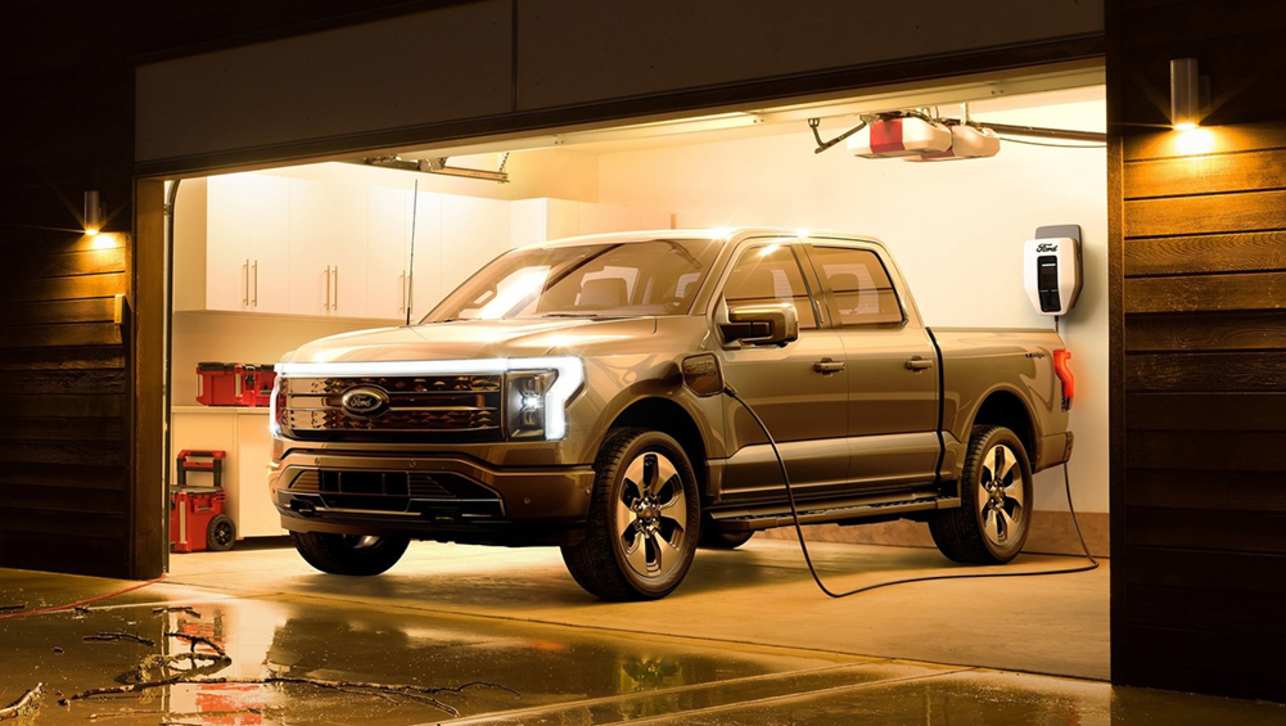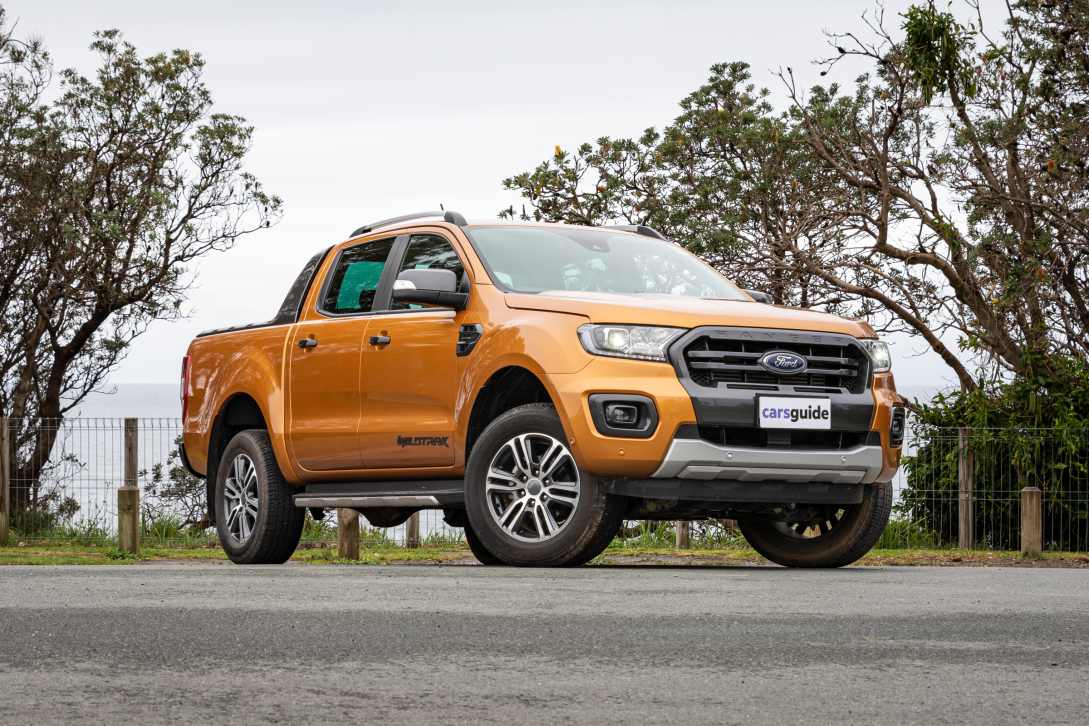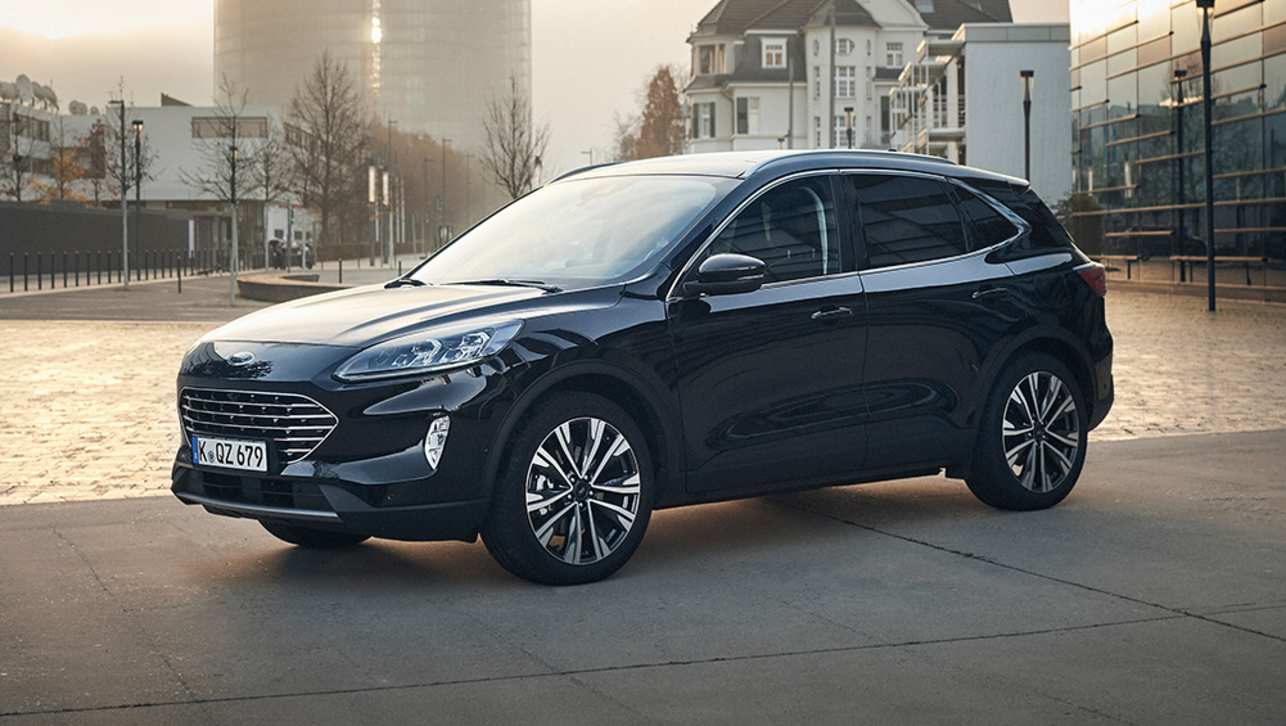Ford has pledged its commitment to the electric car future, with 40 per cent of its global volume to be in tailpipe emissions-free models by the end of the decade, but where does that leave Australia?
Currently, Ford Australia offers no electric (or even hybrid) vehicles for sale, but plans are underway to bring in the Escape plug-in hybrid electric vehicle (PHEV) into showrooms early next year.
Although Ford Australia would not be drawn on specifics, a spokesperson told CarsGuide the local division will follow in the US market's lead.
"Ford Australia is excited about Ford’s increased global investment in electrification – we know this is a big opportunity for our business globally and will help us deliver for our customers," they said.
"Electric vehicles are a big part of our future, both in Australia and our other markets ... we’ll share more about our local rollout plans soon.
"We’re pleased to see a growing appetite for EVs in Australia, and we’re taking a considered approach to electrification to make sure we get our offering right for our customers. Ford owners are very clear that they expect toughness, performance and capability from our vehicles, and so our focus is on offering EVs to meet those expectations.
"Ford Australia’s EV line up will grow quickly, first with our Escape PHEV SUV and soon with other BEVs and electrified models. We’ll share details about these in due course."
Globally, the Mustang Mach-E is offered, while the just-revealed F-150 Lightning will start being delivered to US customers in 2022.

Later this year, Ford will also reveal its an all-electric Transit van (dubbed E-Transit), whereas the smaller Transit Custom is already available with the plug-in powertrain in markets like the UK.
What else is Ford planning? Rumour is its tie-up with Volkswagen to develop the next-generation Ranger and Amarok utes will also yield Ford-badged EVs based on VW’s MEB electric platform.
Expect to see a mid-size SUV with similar dimensions to the VW ID.4, as well as a smaller entry-level hatchback in the same vein as the ID.3.
The F-150 Lightning platform will also be used to underpin larger SUV models like the Ford Explorer and Lincoln Aviator, according to overseas reports, but Ford would not be drawn on the possibility of a tailpipe emissions-free Bronco.

Given the new Bronco’s T6-platform underpinnings shared with the current Ranger, and speculation that the next-generation version of the latter will ride on heavily updated T6 architecture with electrification options, an electric Bronco could be feasible.
Ford Australia however, has committed to none of these models, and has even ruled out the Mustang Mach-E despite it being available in right-hand drive, citing strong demand in overseas markets.
“Zero-emissions electric vehicles and advanced connectivity are transforming commercial and personal transportation, and Ford is leading that revolution – with compelling services and platforms based on cutting-edge electrical architectures and battery technologies,” Ford said in a statement.
But without those “cutting-edge electrical architectures and battery technologies”, Ford Australia is falling behind the likes of Hyundai, Toyota, Mazda, Mitsubishi, Kia and Nissan – who now all have electric or electrified models in their stable.
_CROPPED.jpg)
Aside from EV volume, the Blue Oval brand is also investing heavily into battery design, engineering and manufacturing, committing $US30 billion ($A38.78 billion) by 2025 to help accelerate its plans.
To this end, Ford Ion Park will be created to work on new battery technologies like ‘IonBoost Pro lithium iron phosphate’ for use in commercial vehicles, as well as solid-state batteries.
CarsGuide has contacted Ford Australia for comment on its future electric car plans, but we are still awaiting a reply at the time of publishing.







.jpg)
.jpg)
.jpg)

.jpg)

.jpg)


.jpg)

.jpg)




.jpg)






Comments